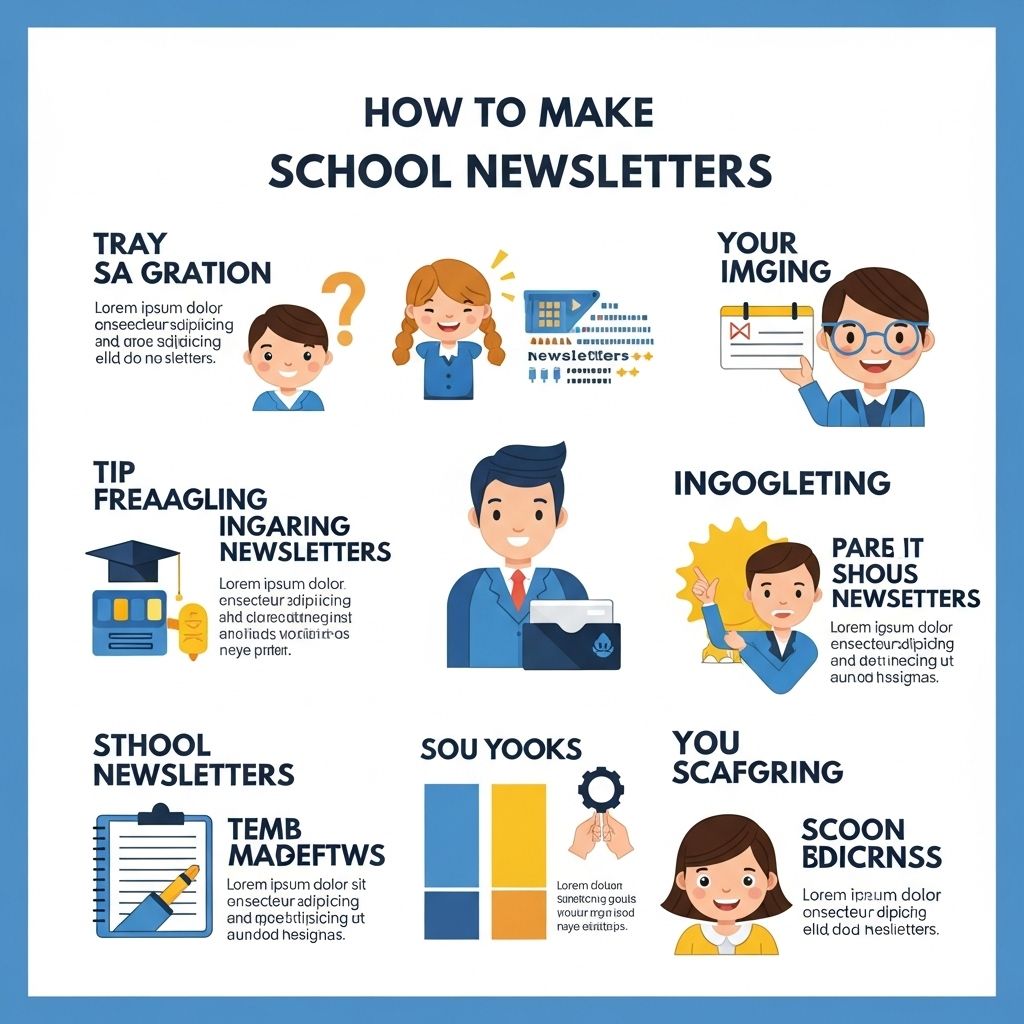As education continues to evolve with technology, the need for innovative online class ideas becomes increasingly important. Teachers are now tasked with finding engaging ways to deliver their curriculum remotely. Here are ten creative online class ideas that can transform traditional teaching methods into interactive, dynamic learning experiences.
1. Virtual Reality Field Trips
Take your students on virtual field trips using VR technology. This immersive experience allows students to explore historical sites, natural wonders, and cultural landmarks without leaving their homes. Tools like Google Earth VR or platforms like Nearpod can facilitate these adventures.
Benefits:
- Enhances engagement through immersive experiences.
- Brings real-world contexts into the classroom.
- Encourages curiosity and exploration.
2. Gamification of Lessons
Incorporate game mechanics into your lessons to make learning fun and interactive. Use platforms like Kahoot! or Quizizz to create quizzes that students can participate in real-time, turning assessments into an exciting competition.
How to Implement:
- Choose a lesson plan and identify key concepts.
- Create a quiz with multiple-choice questions.
- Use game features such as time limits and leaderboards.
3. Online Collaborative Projects
Encourage teamwork by assigning online collaborative projects. Utilize tools like Google Docs, Trello, or Padlet to facilitate group work where students can brainstorm, plan, and execute projects together.
Project Ideas:
| Project Type | Tools | Description |
|---|---|---|
| Research Presentation | Google Slides | Students research a topic and create a presentation. |
| Creative Writing | Padlet | Collaborate to write a short story or poem. |
| Science Experiment | Trello | Plan and document a science experiment conducted at home. |
4. Flipped Classroom Model
In the flipped classroom model, students learn new content at home through videos, podcasts, or readings and then engage in hands-on activities during class time. This method allows for deeper understanding and application of knowledge.
Implementation Steps:
- Create or curate video lessons for students to watch at home.
- Design interactive activities for synchronous class time.
- Encourage student-led discussions and Q&A sessions.
5. Interactive Webinars with Experts
Invite industry professionals or experts to host webinars for your class. This not only provides students with valuable insights but also allows them to engage with the material in a meaningful way.
How to Organize:
- Identify a relevant topic and find an expert.
- Schedule the webinar and promote it among students.
- Prepare a list of questions for students to ask during the session.
6. Digital Art and Creativity Workshops
Leverage creative software like Adobe Creative Cloud, Canva, or Procreate to host workshops focused on digital art and design. Students can express their ideas visually and learn valuable skills in the process.
Workshop Ideas:
- Graphic design basics using Canva.
- Digital painting techniques using Procreate.
- Photo editing skills using Lightroom or Photoshop.
7. Podcasting Projects
Podcasts have gained popularity as a medium for storytelling and information sharing. Encourage students to create their own podcasts by researching topics of interest, scripting, and recording.
Steps to Create a Podcast:
- Choose a relevant topic and form groups.
- Research and script the episode.
- Record using free software like Audacity or GarageBand.
- Edit and publish the podcast on platforms like Anchor.
8. Virtual Book Club
Start a virtual book club where students can read and discuss books online. Use platforms like Goodreads or Zoom for discussions and allow students to share their thoughts and insights.
How to Run It:
- Choose a book and set a reading schedule.
- Hold weekly discussions over video calls.
- Encourage student-led discussions and reviews.
9. Real-World Problem Solving
Challenge students to address real-world problems by working on projects that require critical thinking and creativity. This could involve community issues, environmental challenges, or social justice topics.
Project Steps:
- Identify a problem within the community.
- Research and gather resources.
- Propose a solution and present it to the class.
10. Online Peer Tutoring
Establish a peer tutoring program where students can help each other with challenging subjects. This not only solidifies their own understanding but also fosters a collaborative learning environment.
Implementation:
- Pair students based on strengths and weaknesses.
- Establish regular tutoring sessions online.
- Encourage feedback and open communication.
In conclusion, integrating these creative online class ideas can significantly enhance the learning experience. By utilizing technology and interactive methods, teachers can foster an engaging environment that promotes student participation and learning. Embracing these innovative approaches will not only benefit students academically but also prepare them for the digital world ahead.
FAQ
What are some creative online class ideas for teachers?
Teachers can explore interactive storytelling, virtual field trips, art and craft workshops, gamified learning experiences, and live cooking classes to engage students.
How can I incorporate technology into my online classes?
Utilize platforms like Google Classroom, Zoom, or Microsoft Teams to create interactive lessons, use multimedia presentations, and facilitate group discussions.
What subjects can benefit from online creative classes?
Subjects such as art, music, science, literature, and even physical education can be taught creatively through online platforms.
How do I keep students engaged during online classes?
Incorporate interactive elements like polls, quizzes, breakout rooms, and hands-on activities to maintain student interest and participation.
What tools can I use to create interactive online classes?
Consider using tools like Kahoot, Quizizz, Nearpod, and Padlet for interactive quizzes and collaborative activities.
Can I offer online classes for different age groups?
Absolutely! Tailor your content and teaching methods to suit the age group, ensuring activities are age-appropriate and engaging.




